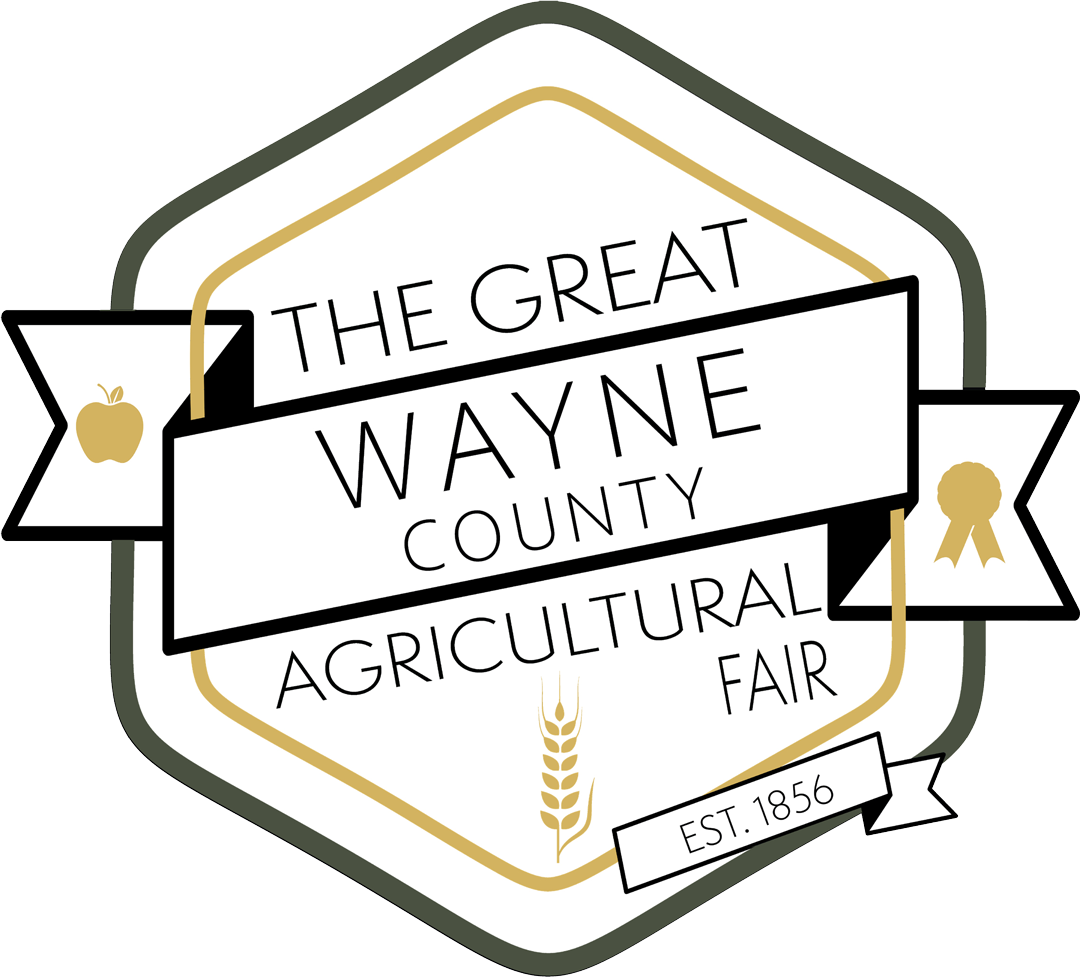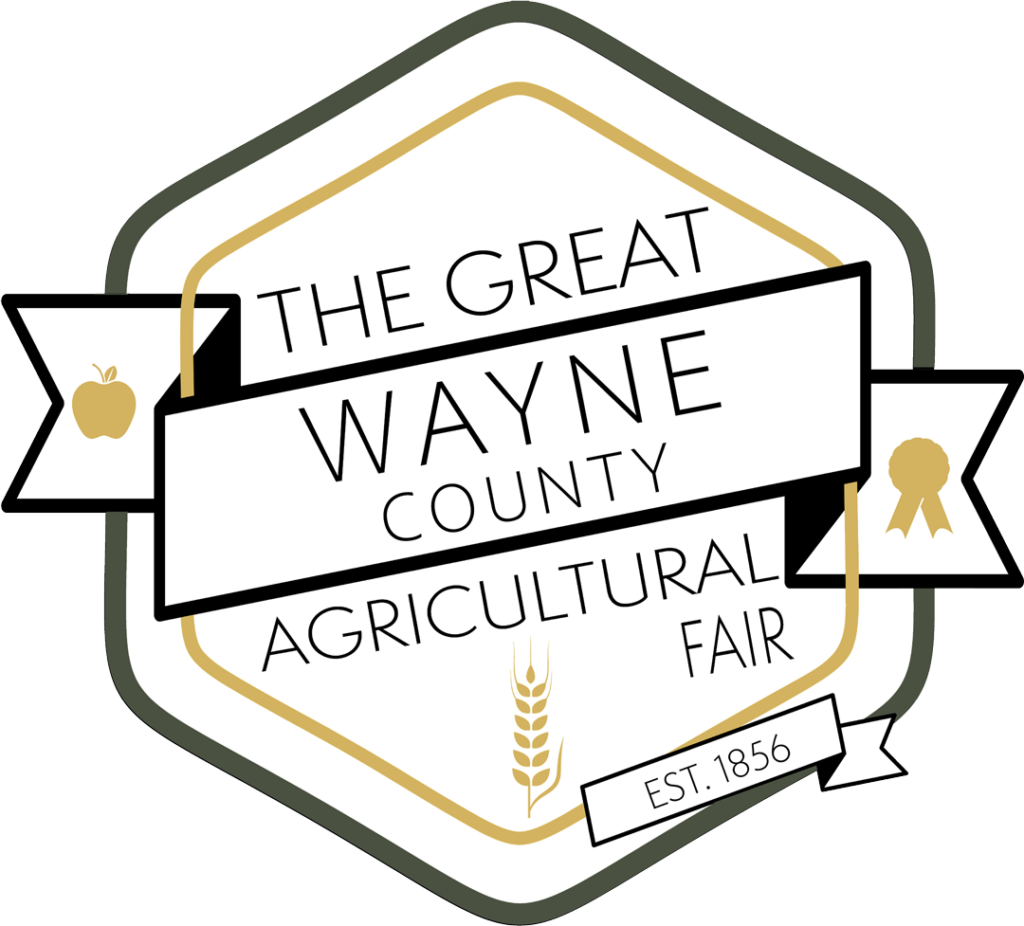Our Mission
“To educate and promote agriculture, industry, and youth through community involvement; to motivate, develop, and recognize the leaders of today and tomorrow through competitive entries and wholesome activities.”
Vision Statement
The mission of the Union Agricultural Society @ Palmyra shall be the preservation of the past, promotion of the present, and education of agriculture industry, arts, and youth through community involvement; to motivate, develop, and recognize the leaders of today and tomorrow through competitive entries and wholesome activities.
The Society shall hold and promote a county fair each year to serve as its primary medium to achieve its mission. The primary focus of the county fair is to, first and foremost, serve as a showcase of the talents of the youth of the community by providing a means of education, exhibit and competition of the various livestock and non-livestock projects the youth are involved in. The Society will also use the county fair to highlight the heritage of the community, and its ties to agriculture, industry, and businesses that are the backbone of the community.
The Society shall also host and promote non-fair events that will aid in sustaining the Society, while keeping in focus the overall mission of the Society. It will use its own Board members, as well as volunteers from community organizations, civic clubs, and individuals to make up the necessary manpower and expertise that is needed to ensure the Society fulfills its mission.
Core Values
Integrity
Respect
Teamwork
Humor
Accountability
Servant Leadership
Sportsmanship
Quality
Tradition
Excellence
Experience
Innovation
Wayne County Fair History
In the fall of 1849, some citizens of Palmyra, New York decided to hold a horse racing competition and display of agricultural products for their area and surrounding towns in Hathaway’s grove. Little is written about what took place after that first fair until 1856. On April 13, 1856, seventeen men organized themselves as The Union Agricultural Society at Palmyra and filed corporation papers; they held a three-day fair in October that year.
The original 18 plus acres on Jackson Street, at that time on the southern outskirts of the village of Palmyra, was leased to hold the annual fair. In 1863, The Union Agricultural Society at Palmyra purchased it for $6,000. Today’s assessed value of the property is over $1,000,000.
As other “Fairs” of the time and area came and went, the “Palmyra Fair” flourished, adding new buildings from profits year to year. The Fair Building, known today as Floral Hall, was erected in 1856 and still is used today; many repairs & modifications have been made over the years, but Floral Hall is the only building still remaining since that time. 1875 fair records show a plus balance of $211.93.
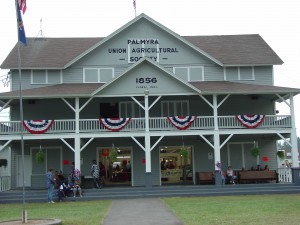
From the secretary’s minutes:
Union Agricultural Society at Palmyra
April 15, 1898
Decided to extend the main building 32 feet to the north, run it up 2 stories and run the roof east and west. Add 16 feet on the north end of the Dining Hall and move the offices 65 feet further north.
This is the current configuration of Floral Hall – 2 story building, the north end roof running east to west; small office buildings just off Jackson St. at the entrance to fairgrounds; the Dining Hall used to be on the site of the current 4-H building [to the east of entrance/Floral Hall.
In 1913, the ideal weather supported a record attendance of about 16,000 visitors. 1922 was the first year that the fair was open at nighttime. The fair allocated funding to light the grounds. The major attraction in 1922 was the stunt flying of WWI pilot Captain Basil Rowe and a 19-year old female sky jumper named Ruth Blackman.
During the 1930’s and 1940′ s, the Palmyra Fair was known as one of the Best County Fairs in New York State. Harness racing was the main attraction bringing many horsemen from the area to compete on the Fair’s fine racetrack. During World War II, Fair officials were successful because of the close promotion of agriculture. The national theme was “FOOD FIGHTS FOR FREEDOM”. The Fair made room for exhibits from Future Farmers of America chapters and 4-H clubs with no entry fees charged in the 1940′ s.
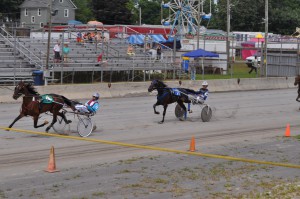
Horse racing was always a major theme at the fairs since its inception.
From the secretary’s minutes:
Union Agricultural Society at Palmyra
Feb. 6, 1895 – Annual Meeting
…build a grandstand to seat 500 people. Next annual fair: Sept. 26, 27, 28, 1895.
Dec. 21, 1921
…The Board of Directors agreed to have the grandstand enlarged, the horse barn moved to the west and south of the grandstand, that a supplementary track be made if deemed wise and that the sheds in the rear of the property be moved if found desirable…
May 3, 1922
… grandstand be extended 48 feet to the north; horse barn used for race horses be extended on the south to double current capacity; the horse barns on the north side of the grounds be removed beginning with those on the west end and to the east side of the Mertz driveway… [cost est. $3582.50].
The 1950 Fair hosted the first Applesauce Derby, a horse race sponsored by the New York State Canners and Freezers. Spectators filled the grandstand for ten consecutive years to see this famous race.
The Wayne County Fair was the site of a historic covered grandstand. Horses were stalled under the grandstand. On January 4, 1964, a devastating fire burned it to the ground, also destroying many horses. The Fair Board replaced the grandstand with metal bleachers that seated 1200 people. Additional bleachers have been added over the years making the seating capacity over 2100 seats.
The fair has not been without detrimental problems. In the spring of 1962, for numerous reasons, the fair nearly dissolved. After several years of declining gate receipts, the Directors announced that there would be no fair that year. Several organizations met with the fair’s Board of Directors and with reorganizing and volunteer help, the fair went on. The 1962 Fair was named the People’s Fair and then renamed The Wayne County Fair.
In 1963, the Wayne County Board of Supervisors agreed to support the youth activities taking place at the fair and assisting in financing the Fair. That practice continues annually today for the awards given to the 4-H class winners. The Agricultural and New York State Horse Breeding Development Fund became law in 1965. Funds became available to county fairs to use for repairs and capital construction related to agriculture. The Wayne County Fair has participated in the program every year to bring the entertainment of horseracing to those that might not ever get to see a live race.
Instead of renting tents to house commercial exhibits, the Fair purchased a 4O’x 60′ steel building in 1976, Commercial Bldg. 1.
In 1977, a 99-year lease was executed between the Union Agricultural Society at Palmyra and the Village of Palmyra to construct a Community Center and baseball diamond. The Palmyra Community Center is used by the Fair Board to hold monthly meetings.
Another steel building was added in 1980, Commercial Bldg. 2.
New restrooms were built in 1981 and the old 4-H building was demolished.
An additional restroom was built in 1986. The Marion Sr. Booth replaced their food booth with a modem building in May 1987.
Three New York State Governors (Dewey, Harriman, and Pataki) have visited the fair over the years. Numerous other dignitaries have also visited the Fair throughout the years including Congressman Frank Horton, Congressman Bill Walsh. Senator Paul Kehoe, Senator Nozzolio and local favorite, Assemblyman Bob Oaks.
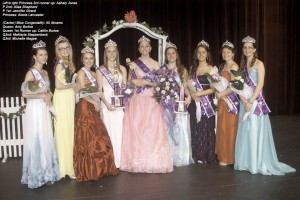
The Fair Queen was called the Miss Palmyra Fair, Wayne County 4-H Fair Queen and today Wayne County Fair Queen. The annual pageant is sponsored by over 75 businesses in Wayne County and is the largest participating pageant in the county. The Queen, Princess, and courts promote agriculture and reign over the Fair during the week.
The Wayne County Fair means so many different things to many people. An annual fair is a place for families to meet old friends and to make new ones. The Fair hosts over 100 commercial exhibitors and hundreds of fair exhibitors who compete in various 4-H, agricultural. and domestic competitions. The fair showcases Wayne County’s best craftsmen, animals, vegetables and plants. Entertainment Alley showcases a variety of entertainment for all ages. The vast mid-way provides thrilling rides and games for young and old. Numerous food vendors provide a variety of meal options and there is currently a Wine, Beer, Spirits & Farm Market Tasting event that we call “Our Tasting Event” this event is to showcase the regions best products produced from the Finger Lakes Area, fairgoers are in for a wonderful treat when they take part in this event.
The Wayne County Fair continues to be profitable and successful because of the diverse Board of Directors and over 75 volunteers from the Advisory Board. Other partners that help include 4-H, Grange, local Fire Departments, and local and state law enforcement. Various businesses sponsor events and activities at the Fair. Their support allows the Fair to bring a variety of entertainment and activities for the entire family. The Fair continues to be one of the oldest fairs in New York State. Annual attendance averages 32,000 for the 6-day event.
If you have a piece of history about the fair you would like to share or donate to the fair’s museum please contact Wendy Miller at 315-398-8692.
Looking for more fair history! Check out these PDFs
